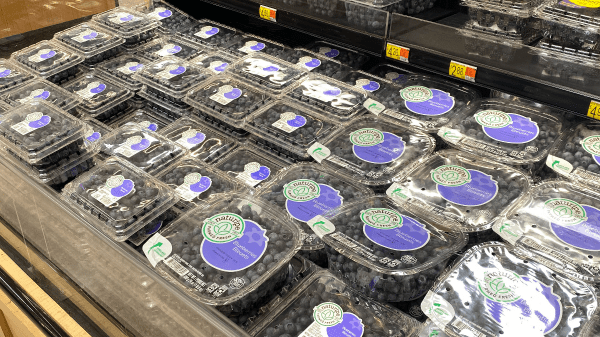As a produce industry observer, I’m always on the lookout for innovation.
And, as the North American fresh produce industry prepares to gather for its largest conference and trade show since 2019, all eyes are on the International Fresh Produce Association’s BB #:378962 Global Produce and Floral Show in Orlando next month.
Let’s take a look back at several of the most influential ideas, the gamechangers as we’ll call them, that revolutionized the way we do business, and how these disruptors evolved into the innovations we see and enjoy today.
The Big Idea: Strawberry Clamshells
How it changed the game: The adoption of clamshells resulted in selling more strawberries, many more. As well as other berries like raspberries and blueberries in clamshells.
Today, even throughout the Covid pandemic and current high inflation, growth in berry sales consistently remains in the double-digits—and clamshells provide plenty of visibility and also protection for the fragile berries.
Melinda Goodman of Full Tilt Marketing, LLC, also remembers packing strawberry consumer packs at her parents’ small grocery.
She says “making little plastic baskets or paper baskets of strawberries and putting cellophane over the top” was a rite of passage for the short and sweet berry seasons.
But look at what clamshells, especially larger clamshells, have done for berry sales.
“Customers don’t even buy blueberries in that 3.4 or 4-ounce clamshell anymore,” she notes. “Blueberries are consistently affordable at the bigger size.”
Although starting to package items like berries in a fixed-weight clamshell solved a lot of pain points, it opened many doors.
“We know we have a labor issue, and a training issue,” Goodman says.
“We struggle with consumption as it is,” she continues. “If we still had to have someone in the back room packing pints, would we be selling as many berries?”
For strawberries, the clamshells gave growers a consumer-level identity, and that in turn, helped tip the scale toward adoption.
“The key moment, I think, for the strawberry industry was the fact that now there was a face to go with each brand name, and a way to tell our story,” says Cindy Jewell, founder of Jewell Marketing BB #:369225 in Murphys, CA.
Research also showed that consumption was reaching everyday fruit status and shoppers no longer needed a special occasion like “strawberry shortcake” in the springtime.
“This was the beginning of huge industry growth and increased consumption as we watched strawberries inch higher up the list as one of the Top 20 fruits,” notes Jewell.
Courting consumer interest
So, indeed, clamshells changed the game.
“We had brand identity,” Jewell states. “Who knew that we could connect farmers with consumers? Who knew that we could put our website address on a label and have consumers contact us looking for recipes or ask questions about where their berries were grown?
“Suddenly, we had the power to promote and control the narrative beyond that generic California strawberry message.”
This is an excerpt from the cover story in the September/October 2022 issue of Produce Blueprints Magazine. Click here to read the whole issue.



